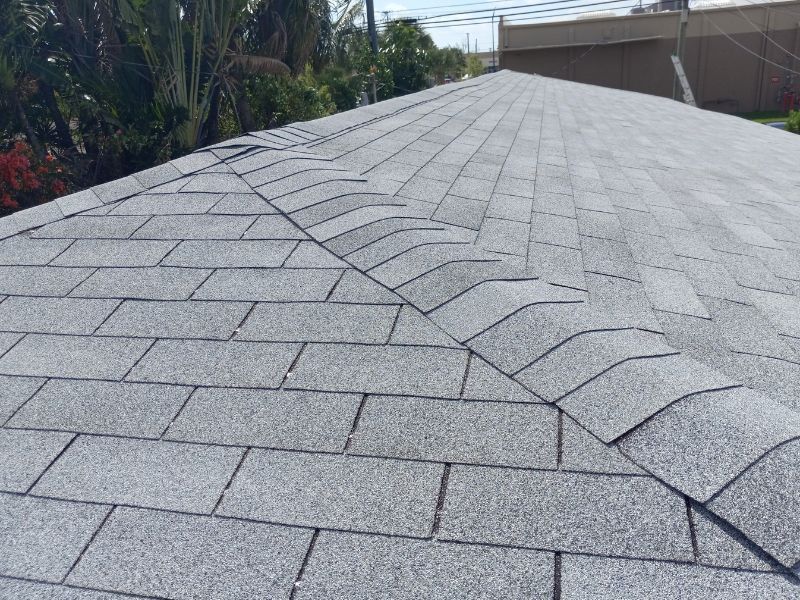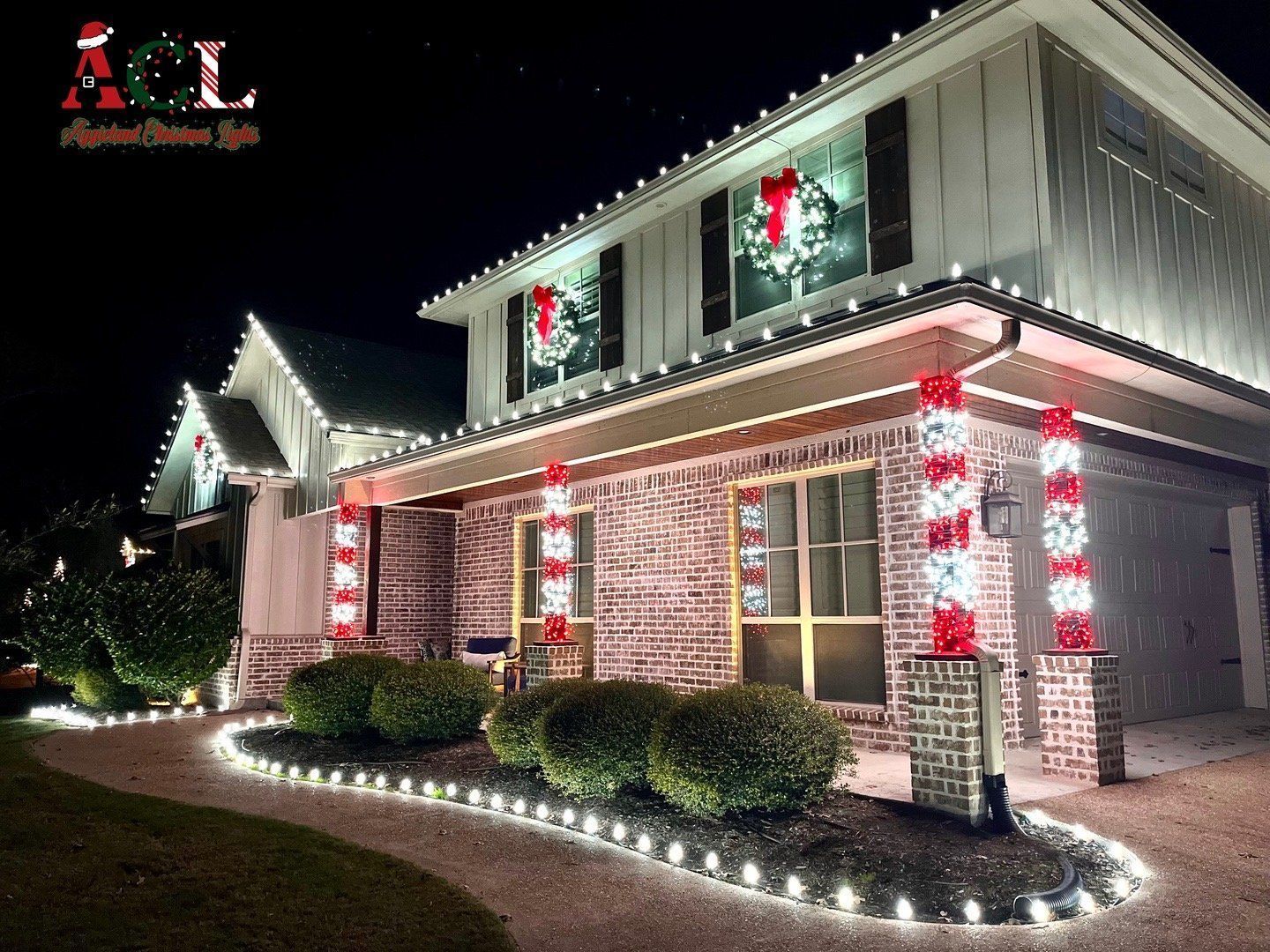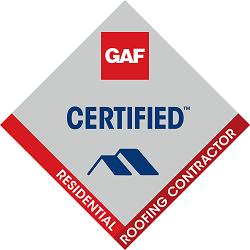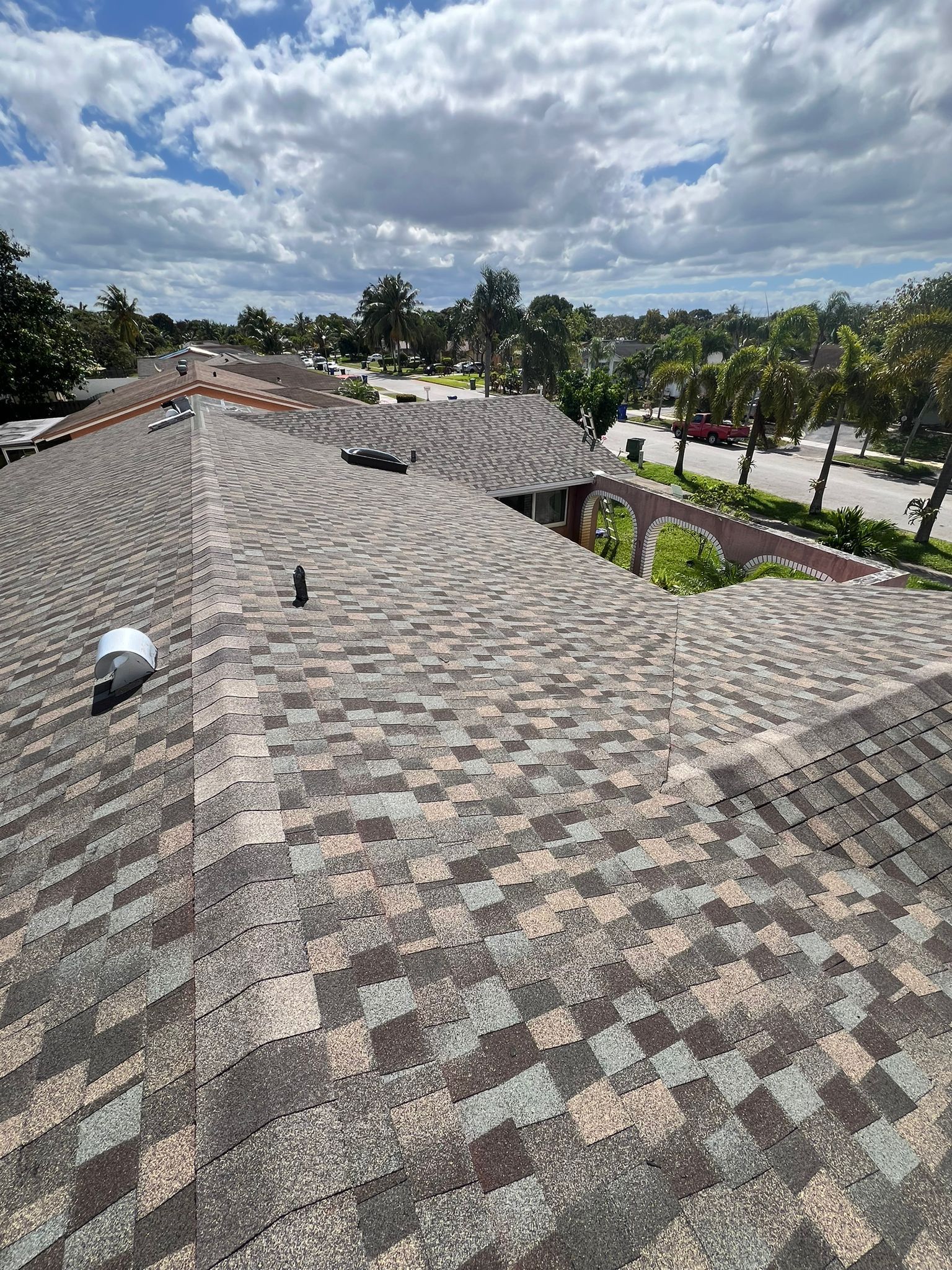Call Us Today!
Call Us Today!
Roofing Materials 101: Pros and Cons of Different Options

When it comes to choosing a roofing material for your home, there are several options to consider. Each roofing material has its own set of pros and cons, and understanding them can help you make an informed decision. In this article, we will take a closer look at some of the most popular roofing materials available in the market today.
Asphalt Shingles
Pros:
- Asphalt shingles are affordable and readily available in the market.
- They come in a wide range of colors and styles, allowing homeowners to choose the one that best suits their preferences.
- Installation is relatively easy and can be done quickly.
- Asphalt shingles are durable and can last up to 20-30 years with proper maintenance.
Cons:
- They are not as durable as some other roofing materials, such as metal or tile.
- Asphalt shingles can be prone to cracking and blistering in extreme weather conditions.
- They may not provide the same level of insulation as other materials.
Metal Roofing
Pros:
- Metal roofing is extremely durable and can last for 50-70 years.
- It is fire-resistant, making it a safe option for homeowners.
- Metal roofs are energy-efficient and can help reduce heating and cooling costs.
- They are available in various styles and colors, allowing homeowners to achieve the desired look for their homes.
Cons:
- Metal roofing can be more expensive upfront compared to other materials.
- It can be noisy during heavy rain or hailstorms.
- Installation may require professional expertise.
Tile Roofing
Pros:
- Tile roofing is known for its durability, with a lifespan of 50-100 years.
- It adds a unique and stylish look to homes, enhancing curb appeal.
- Tiles are resistant to fire, rot, and insects.
- They provide excellent insulation, helping to keep homes cool in hot climates.
Cons:
- Tile roofing is heavier compared to other materials, which may require additional structural support.
- It can be more expensive compared to asphalt shingles or metal roofing.
- Installation and repairs may be more labor-intensive.
Wood Shingles and Shakes
Pros:
- Wood shingles and shakes offer a natural and rustic look to homes.
- They are environmentally friendly and can be recycled.
- Wood roofing provides good insulation and ventilation for the house.
- With proper maintenance, it can last for 30-50 years.
Cons:
- Wood roofing is susceptible to rot, mold, and insect damage.
- It requires regular maintenance, including periodic sealing and staining.
- Wood roofing may not be suitable for areas prone to wildfires or high humidity.
Synthetic Roofing Materials
Pros:
- Synthetic roofing materials, such as synthetic slate or rubber, offer the look of natural materials at a lower cost.
- They are lightweight and easy to install.
- Synthetic materials are durable and resistant to weather elements.
- They require minimal maintenance.
Cons:
- Some synthetic materials may not offer the same level of durability as natural materials.
- Installation may require professional expertise.
- The range of colors and styles may be limited compared to other materials.
FAQs
Can I install a new roof over an existing one?
Yes, in some cases, it is possible to install a new roof over an existing one. However, it is essential to consult a professional roofer to ensure that it is a viable option for your specific situation. Factors such as the condition of the existing roof and local building codes need to be considered.
How often should I inspect my roof for damage?
It is recommended to inspect your roof at least once a year, preferably in the spring or fall. Additionally, it is essential to inspect your roof after severe weather events or if you notice any signs of damage, such as leaks or missing shingles.
What factors should I consider when choosing a roofing material?
When choosing a roofing material, factors to consider include cost, durability, energy-efficiency, aesthetics, and local climate conditions. It is also crucial to check with your homeowner’s association, if applicable, for any restrictions on roofing materials.
How long does the installation of a new roof take?
The installation time for a new roof can vary depending on several factors, such as the size of the roof, the complexity of the design, and the weather conditions. On average, it can take anywhere from a few days to a few weeks to complete the installation.
How can I maintain my roof to prolong its lifespan?
Regular maintenance is essential to prolong the lifespan of your roof. This includes cleaning the gutters, removing debris, inspecting for damage, and scheduling professional inspections and maintenance as needed. Additionally, addressing any issues promptly can help prevent further damage and costly repairs.
About Us
We are a full-service roofing company. We are licensed and insured as a roofing contractor and roofing company and are passionate about the work we do! We’re not just there to get the job done – we take pride in what we do.
Are You On A Tight Budget And Need Financing For Work On Your Home?






BUSINESS HOURS
Monday - Friday: 7:30 AM- 6:00 PM
Saturday: 10:00 AM- 5:00 PM
Sunday: Closed






